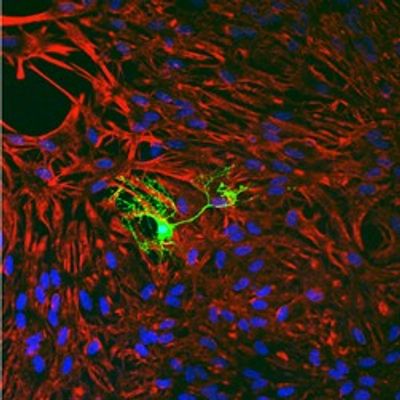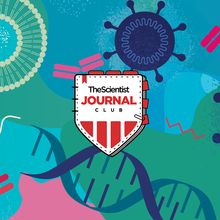Login
SubscribeADVERTISEMENT
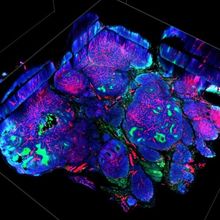
Self-Charging Battery Battles Tumors in Mice
Natalia Mesa, PhD | Apr 4, 2023 | 3 min read
A battery that charges itself in salty fluids starves tumors of oxygen, helping improve some drugs treat cancer, a study finds.
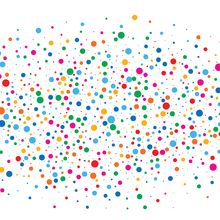
Diving Deeper into Tissue Samples with Spatial Context
Canopy Biosciences | Mar 15, 2023 | 1 min read
Scientists developed a standardized multiplex immunohistochemistry and RNA in situ hybridization protocol using ChipCytometryTM.
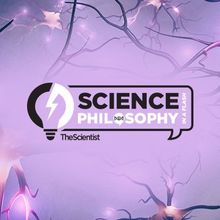
Starting with Human Cell Systems
The Scientist’s Creative Services Team | 1 min read
Xitiz Chamling shares how advances in human stem cell and gene editing technologies fuel his drive for better multiple sclerosis drug screening platforms.
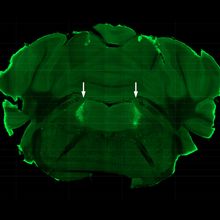
Hormone Sobers Up Drunken Mice: Study
Alejandra Manjarrez, PhD | Mar 8, 2023 | 3 min read
A hormone naturally induced by alcohol consumption accelerates the recovery of mice after binge drinking by activating neurons involved in arousal and alertness.
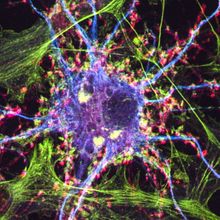
Psychedelics Slip Past Cell Membranes When Treating Depression
Alejandra Manjarrez, PhD | Feb 24, 2023 | 4 min read
The antidepressant properties of hallucinogenic drugs may stem from their ability to bind to intracellular serotonin receptors, a study suggests.
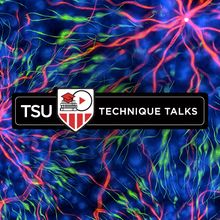
Best Practices for Organoid Technologies
The Scientist’s Creative Services Team | 1 min read
Dosh Whye will discuss best practices for organoid modeling and how researchers leverage the latest technologies to achieve their goals.
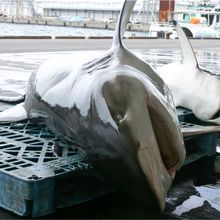
Researchers Make Alternatives to Shark-Sourced Vaccine Ingredient
Natalia Mesa, PhD | Feb 22, 2023 | 3 min read
Synthetic variations of squalene, which is used to boost immune responses, could make vaccines more effective while reducing fisheries for struggling sharks.
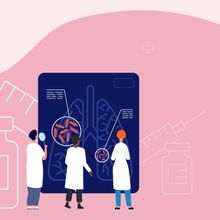
RSV Vaccines That Work?
Rachael Moeller Gorman | Feb 16, 2023 | 10+ min read
Multiple candidates are in Phase 3 clinical trials for older adults and pregnant women, with some getting close to approval in the United States.
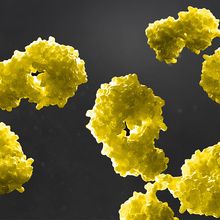
Using Label-Free Techniques for Biologics Assessment
Sartorius | 1 min read
Label-free techniques for analyzing biomolecular interactions offer numerous advantages for studying biological mechanisms and developing new therapeutics.
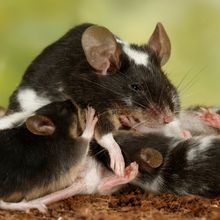
Fast-Acting Nonhormonal Male Birth Control Prevents Pregnancy in Mice
Katherine Irving | Feb 15, 2023 | 5 min read
The “on demand” drug immobilizes sperm rather than limit their production, preventing 100 percent of pregnancies in an experiment.
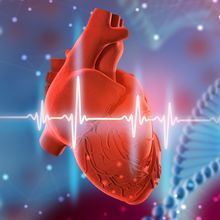
Connecting the Complexities of Heart Failure and Aging
Deanna MacNeil, PhD | Feb 13, 2023 | 3 min read
Researchers learned how IGFBP7, a senescence signaling protein and biomarker, promotes cardiac remodeling and cellular aging.
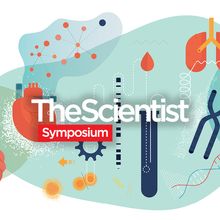
Leveraging Stem Cells to Create Better Disease Models
The Scientist’s Creative Services Team | 2 min read
Clive Svendsen, Meritxell Huch, Ameen Salahudeen, and Maksim Plikus will discuss the latest advances in using patient-derived stem cells to create more accurate disease models.
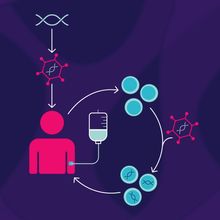
Viral Vector Platforms for Gene Therapy
The Scientist’s Creative Services Team | Feb 9, 2023 | 1 min read
In both the laboratory and clinic, scientists harness viral genetic transfer capabilities to develop gene therapies that modulate cellular function.
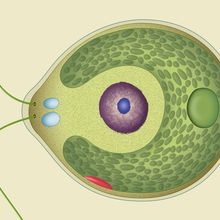
Drugs Hitch a Ride on Algae for Targeted Delivery
Holly Barker, PhD | Feb 1, 2023 | 3 min read
A new microrobot uses algae to transport antibiotics into the lungs of mice with pneumonia.
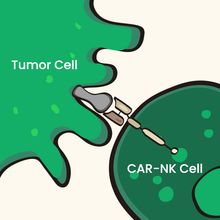
CAR Technology in Cancer Therapy: From CAR-T to CAR-NK
The Scientist’s Creative Services Team and Sino Biological | 4 min read
From early target discovery to preclinical development stages, researchers explore novel strategies for effective cell therapies in cancer treatment.
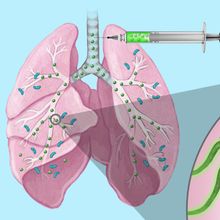
Infographic: Algae Robots Transport Antibiotics to Infected Tissues
Holly Barker, PhD | Feb 1, 2023 | 1 min read
Microscopic algae dotted with drug-filled nanoparticles may offer a more effective means of treatment than traditional delivery methods.
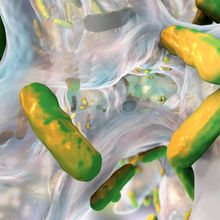
Double Agents: Engineered Bacteria Tackle Pathogenic Biofilms in Mice
Katherine Irving | Jan 26, 2023 | 3 min read
Mycoplasma pneumoniae with pathogenic genes replaced by biofilm-degrading ones enhance survival in a mouse model of ventilator-associated pneumonia.

Targeting the Undruggable
The Scientist’s Creative Services Team | 1 min read
Through a combination of basic science research and clinical trials, researchers uncover innovative approaches for targeted cancer treatment.
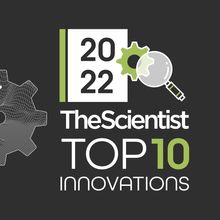
2022 Top 10 Innovations
The Scientist Staff | Dec 12, 2022 | 10+ min read
This year’s crop of winning products features many with a clinical focus and others that represent significant advances in sequencing, single-cell analysis, and more.
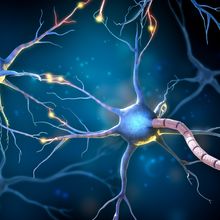
Ketamine Flips a “Switch” in Mice’s Brain Circuitry: Study
Andy Carstens | Dec 9, 2022 | 6 min read
After injecting moderate doses of the dissociative anesthetic into the animals, previously “awake” brain cells go dark, and those that had been dormant suddenly light up.

